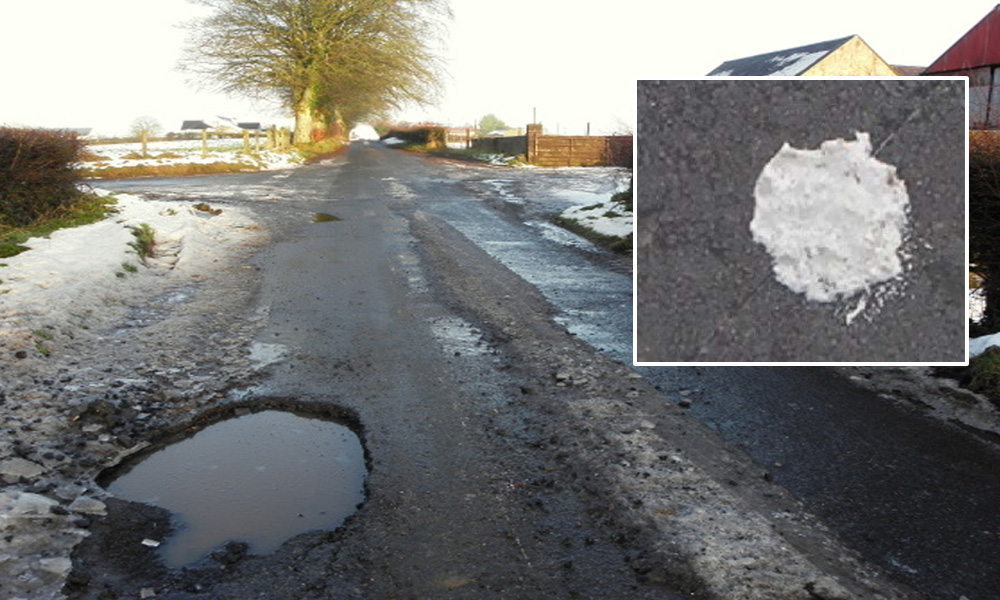
Scientists Develop Eco-Friendly Method To Repair Potholes Using Grit From Wastewater Treatment
Writer: Reethu Ravi
Reethu, a story teller, a person often found between the pages of a book or contemplating the nuances of life.
India, 21 Aug 2020 9:09 AM GMT
Editor : Prateek Gautam |
A free soul who believes that journalism, apart from politics, should stand for social cause and the environment.
Creatives : Reethu Ravi
Reethu, a story teller, a person often found between the pages of a book or contemplating the nuances of life.
Potholes are usually filled in with asphalt, which contains hydrocarbons and can leach out, polluting the environment.
In a bid to tackle the pothole menace, scientists have developed an eco-friendly method to repair potholes by using grit, a remnant of wastewater treatment, which is usually disposed of in landfills.
Potholes can cause billions of dollars of damage every year to automobile wheels, tires and suspensions, and cause accidents resulting in loss of life. These are usually filled in with asphalt, which contains hydrocarbons and can leach out, polluting the environment.
The study was presented at the American Chemical Society (ACS) Fall 2020 Virtual Meeting & Expo early this week.
"We had an idea to divert wastewater grit from landfills and turn it into a marketable product. We formulated it into a ceramic mortar that could be used as a patch for pothole repair," said Zhongzhe Liu, who presented the work, according to a statement by ACS.
The substance, known as grit assisted patch (GAP), is used to fill the potholes and is safer for the environment than hydrocarbon-based asphalt.
In order to make GAP, grit, a heavy, unbiodegradable solid, has to be first processed. For this, wastewater containing sewage, food scraps and other waste is first processed at treatment plants. The processing leads to clean water, which is released into waterways, and the solids from the preliminary treatment, which is called grit. Grit is usually disposed at landfills as it contains impurities and pathogens, which makes it unfit for direct recycling.
In order to convert grit into a road material, Liu and his collaborators incorporated it into a chemically bonded phosphate ceramic (CBPC) - usually used to treat hazardous or radioactive waste for disposal. The CBPC also contains ingredients that would kill microbes, enabling it to be a good way to kill pathogens in the grit.
After analysing GAP performance in the lab, the researchers found that it has a compressive strength comparable to asphalt pavement. They also believe the material to have longevity which will be superior to that of asphalt-based patches.
Currently, the team is working on experiments to field test GAP on an operational roadway with regular traffic.
 All section
All section














